How much money do you need for a studio apartment in downtown Tokyo?
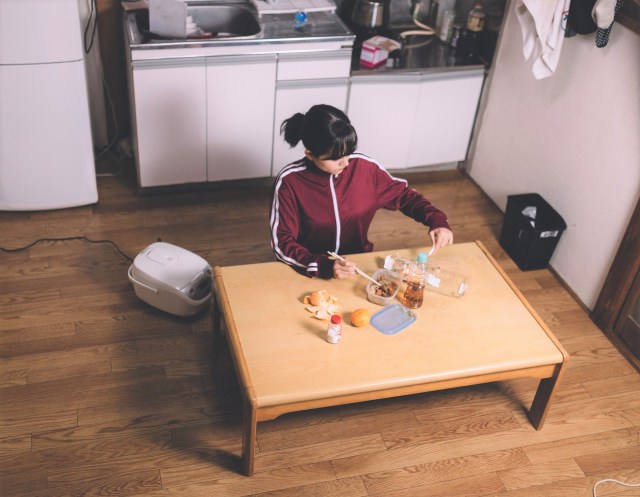
Daydreaming about getting a place in Japan’s capital? You might be able to make it a reality.
Tokyo has a well-deserved reputation as a pretty great place to live. It’s a fascinating, exciting city, with all sorts of modern entertainment, cultural activities, and historical sites. It’s also safe and clean, and boasts more professional and educational opportunities than anywhere else in the country.
Of course, Tokyo can also be an expensive place to live. But hey, maybe you don’t need a big, fancy home, since you’re planning to spend your life in the city getting out and seeing what is has to offer. So if you’re willing to live the simple life, how much will an apartment in downtown Tokyo cost you?
To answer that question, Japanese real estate agency Suumo conducted a survey of its studio apartment listings within a 15-minute walk of one of the 30 train stations on the Yamanote Line, the loop line that runs around the center of Tokyo. That puts the apartments within a doable commuting distance of just about any school or office in the downtown area, and the results show that with some proper budgeting, living the Tokyo life isn’t an impossible dream.
Let’s take a look at the average monthly rent for each station’s vicinity, starting with the most expensive and heading towards the more affordable.
30. Harajuku: 135,000 yen (US$1,300)
29. Shibuya: 128,000 yen
28. Shinbashi: 125,500 yen
27. Yurakucho: 125,000
26. Ebisu: 124,000 yen
▼ Takeshita shopping street, located right outside Harajuku Station
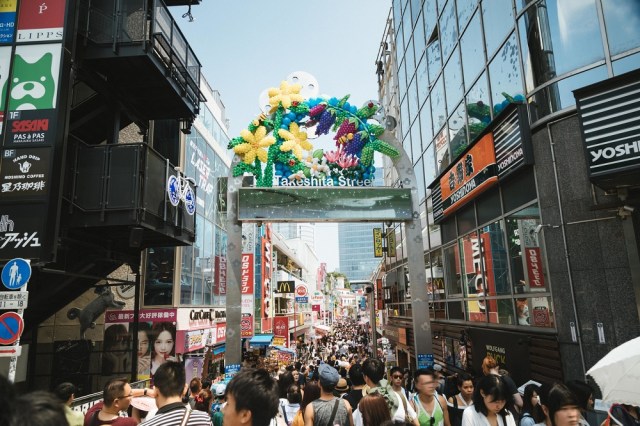
Not surprisingly, the highest rents were found in Harajuku and Shibuya, two of Tokyo’s most developed neighborhoods that are also immensely popular with young, fashionable Tokyoites who have the money to indulge in a fancy lifestyle but don’t need a lot of space for a family.
25. Okachimachi: 117,000 yen
24. Hamamatsucho: 116,500 yen
23. Akihabara: 114,000 yen
22. Tamachi: 113,000 yen
21. Shinjuku: 112,500 yen
▼ Shinjuku
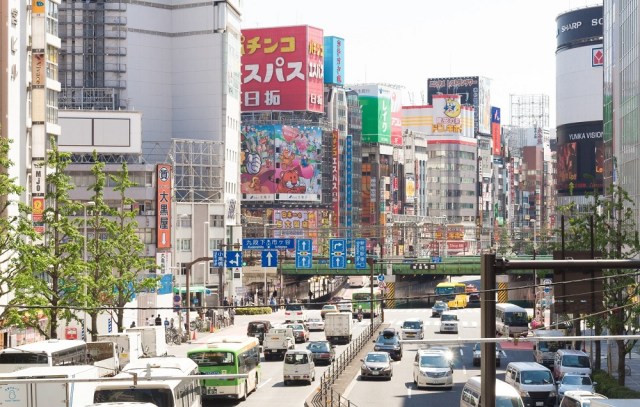
This group includes several office districts, as even Akihabara and Shinjuku, which are best known to tourists for their shopping and nightlife options, are home to plenty of IT and financial companies. White-collar highflyers, especially those with a housing allowance built into their compensation plans, help drive up rents here.
20. Tokyo: 112,000 yen
19. Yoyogi: 111,000 yen
18. Kanda: 110,000 yen
17. Ueno: 109,500 yen
16. Meguro: 107,000 yen
▼ Kanda Shrine
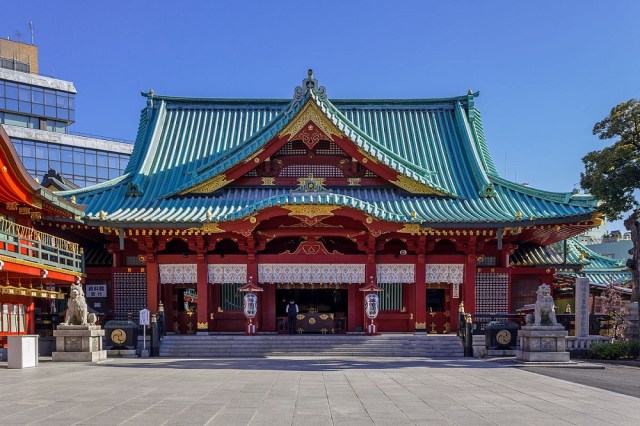
Average rents start to dip as we get into the tier of locations that aren’t as in-demand as the most popular stations, but instead other Yamanote stops that are nearby. Yoyogi and Meguro, for example, sandwich the high-rent Harajuku-Shibuya-Ebisu segment of the Yamanote Line. Likewise, Ueno is next to Okachimachi, and Kanda to Akihabara, and with stops on the Yamanote Line being only three or four minutes apart, the rent savings start to look really attractive.
15. Shinagawa: 103,000 yen
13 (tie). Takanawa Gateway: 99,000 yen
13 (tie). Gotanda: 99,000 yen
12. Osaki: 96,000 yen
11. Sugamo: 91,500 yen
▼ Sugamo
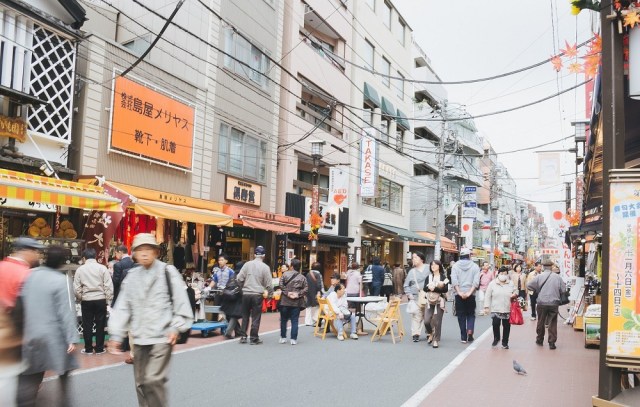
Leaving the coolness tax behind cuts rents down to the five-digit range. Gotanda and Osaki are relatively quiet and overlooked neighborhoods on the south side of downtown, while Sugamo is best known for how many local shops and restaurants cater to the large number of senior citizens who live in the area.
9 (tie). Uguisudani: 91,000 yen
9 (tie). Shin Okubo: 91,000 yen
7. Ikebukuro: 89,000 yen
5 (tie). Takadanobaba: 88,000 yen
5 (tie). Komagome: 88,000 yen
4. Nippori: 86,000 yen
▼ Takadanobaba
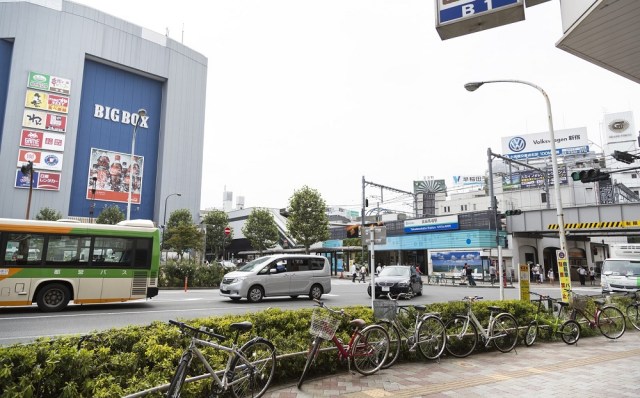
Ikebukuro might seem like a surprising bargain this low on the average rent ranking, seeing as how the neighborhood has become a very popular entertainment destination in recent years. However, while Ikebukuro has a huge variety of shops, restaurants, theaters, and entertainment complexes that spread out to the east from the station, the west side is much quieter. Likewise even though Takadanobaba is only two stops from Shinjuku, it’s also a major student neighborhoods, with many low-cost single-occupant apartments to meet the needs of people studying at one of its many universities, specialized schools, or language academies.
1 (tie). Nishi-Nippori: 85,000 yen (US$820)
1 (tie). Tabata: 85,000 yen
1 (tie). Mejiro: 85,000 yen
▼ Mejiro
There’s a three-way tie at the most-affordable end of the rankings. Nishi-Nipori and Tabata both sit on the northern section of the Yamanote loop, which is by far the least developed. Mejiro, though, is just south of Ikebukuro, and only three stops from Shinjuku. In many ways, Mejiro feels like a quieter version of Takadanobaba (which it’s one stop north of), with some prestigious universities lending an air of sophistication to the neighborhood, but while still not being so developed as to feel rowdy or crowded.
Now before you tell your current landlord you’re moving out of your current place and start packing your bags to move to Tokyo, remember that these are average prices for studio apartments, i.e, you have one room that takes the role of your bedroom, living room, and dining space, with a small attached kitchenette and a private bathroom/shower room. As for floor space, Suumo’s survey covered apartments with between 10 and 40 square meters (108 to 431 square feet), which isn’t particularly palatial even on the top end, so if you want more space without higher costs, you might have to settle for a place farther out in the suburbs, or a boarding house. But if you’ve got your heart set on a place of your own in the heart of Tokyo, this list should give you an idea of how much to budget.
Source: PR Times
Top image: Pakutaso
Insert images: Pakutaso (1, 2), Wikipedia/Kakidai, Pakutaso (3, 4)
● Want to hear about SoraNews24’s latest articles as soon as they’re published? Follow us on Facebook and Twitter!
Credit:




0 comments: